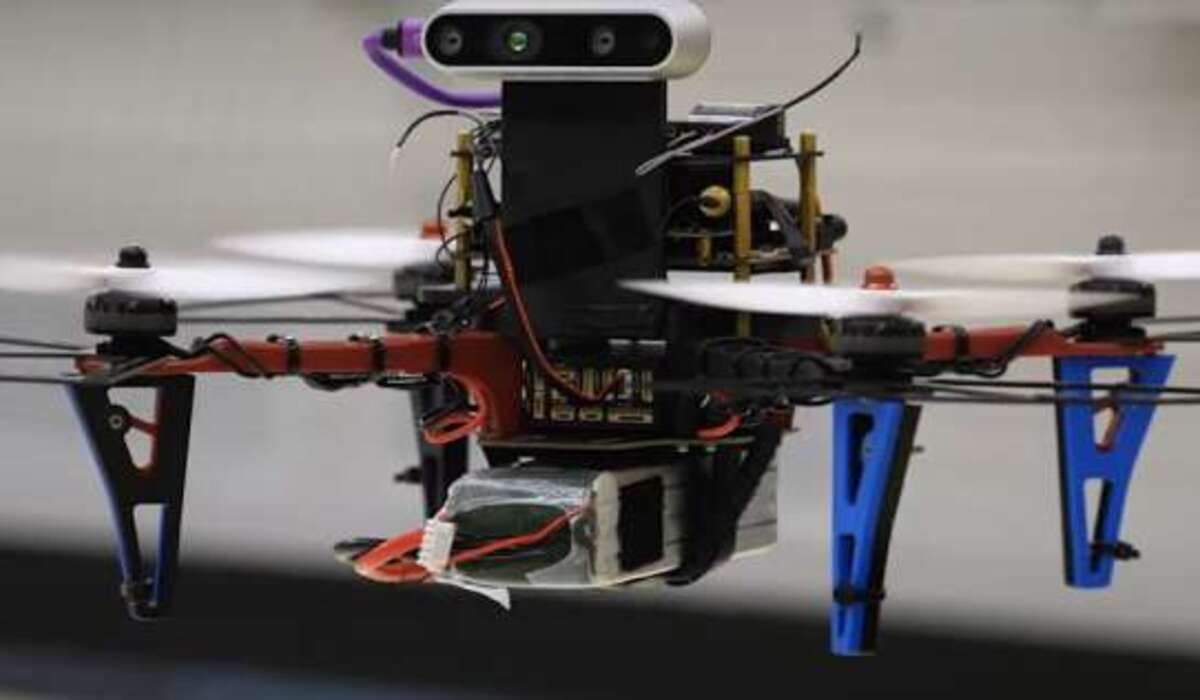In the pursuit of expanding the applications of drones beyond recreational and surveillance purposes, researchers, led by Professor Kenji Shimada and his team of students, have developed groundbreaking technology to enable autonomous flights in indoor dynamic environments.
The primary challenge addressed by their work is the navigation of drones in unpredictable settings, particularly indoors where GPS signals are unavailable and moving obstacles pose a significant threat. The success of drones in steering through open spaces has been well-established, but maneuvering through dynamic environments with moving obstacles has proven to be a formidable task.
The novel technologies introduced in this research encompass drone navigation and obstacle avoidance, as well as dynamic obstacle tracking and mapping. These innovations were put to the test in a real-world scenario at an active Japanese tunnel construction site during winter. Sponsored by industry partners, Toprise Co., Ltd. and Obayashi Corporation, the drones were tasked with navigating the complex construction environment while actively avoiding collisions with human workers.
Professor Shimada emphasizes the changing landscape of labor, noting that companies recognize the reluctance of younger individuals to engage in dangerous physical work. As a response to this trend, investments are being directed towards robotics and automation to bridge the workforce gap. In this context, the developed drone technology serves not only as a scientific breakthrough but also as a practical solution to address the evolving needs of industries.
One significant achievement of Shimada’s drones is their ability to measure the 3D geometry of the excavation front within the tunnel. This information, when compared to design data, provides valuable insights for builders. Crucially, it enables them to assess which parts of the tunnel construction are complete and identify areas that require further scaling, all without exposing human workers to potential risks associated with manual inspections in hazardous environments.
The application of autonomous drones for 3D scanning in dynamic, under-construction tunnel environments represents a noteworthy milestone. The lead Ph.D. student, Zhefan Xu, highlights the uniqueness of this achievement, stating that, to their knowledge, it is the first time such a task has been accomplished.
The successful deployment of drones in this challenging scenario not only showcases the potential for enhancing safety and efficiency in construction but also opens doors for broader applications, including search and rescue missions and package delivery in dynamic and unpredictable environments.
The research by Professor Shimada and his team thus marks a significant advancement in the integration of drones into complex, real-world scenarios with the potential to revolutionize various industries.

